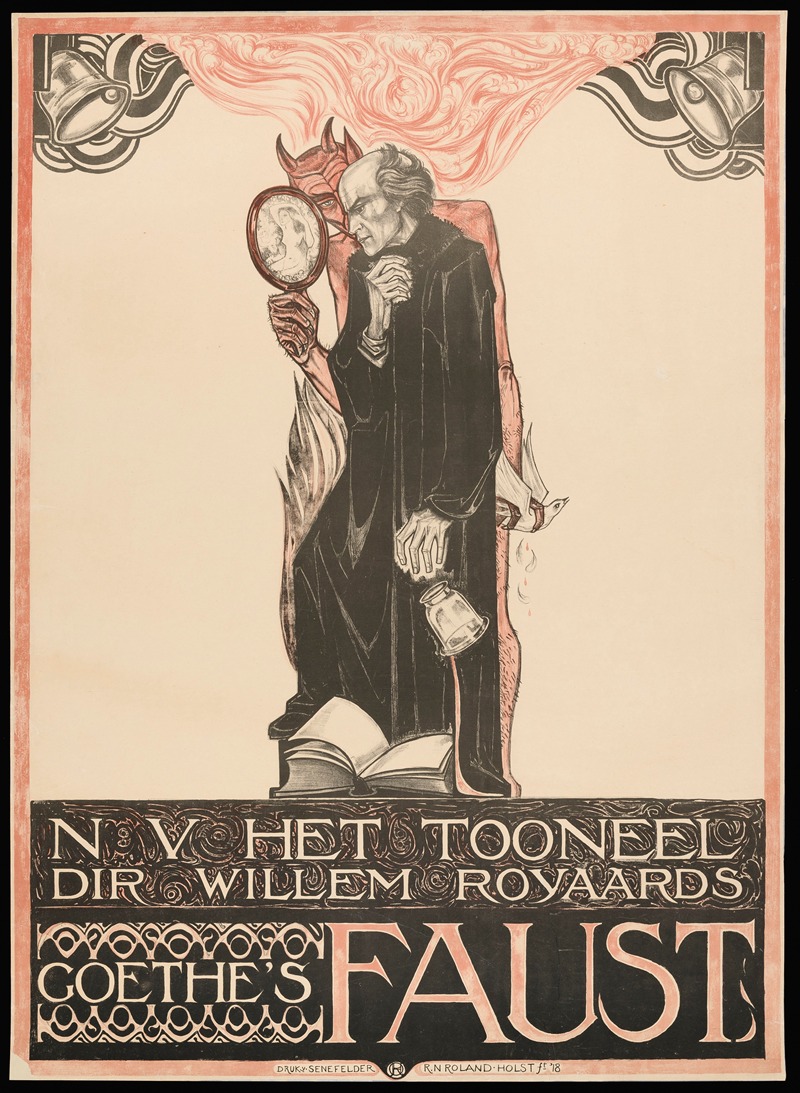
N V Het Tooneel Dir Willem Royaards Goethe’s Faust
A hand-painted replica of Richard Nicolaüs Roland Holst’s masterpiece N V Het Tooneel Dir Willem Royaards Goethe’s Faust, meticulously crafted by professional artists to capture the true essence of the original. Each piece is created with museum-quality canvas and rare mineral pigments, carefully painted by experienced artists with delicate brushstrokes and rich, layered colors to perfectly recreate the texture of the original artwork. Unlike machine-printed reproductions, this hand-painted version brings the painting to life, infused with the artist’s emotions and skill in every stroke. Whether for personal collection or home decoration, it instantly elevates the artistic atmosphere of any space.
Richard Nicolaüs Roland Holst (1868–1938) was a prominent Dutch painter, designer, and writer, known for his contributions to the Symbolist movement and his involvement in the arts and crafts revival in the Netherlands. One of his notable works is the painting titled N V Het Tooneel Dir Willem Royaards Goethe’s Faust. This artwork was created as part of a collaboration with Willem Royaards, a celebrated Dutch actor and theater director, who was known for his efforts to elevate theater as a serious art form in the Netherlands.
The painting is directly tied to Royaards' theatrical production of Johann Wolfgang von Goethe’s Faust, one of the most influential works of German literature. Goethe’s Faust is a two-part dramatic poem that explores themes of ambition, knowledge, morality, and redemption. Royaards was deeply inspired by the philosophical and dramatic depth of the play and sought to bring it to life on stage in a way that resonated with contemporary audiences. Roland Holst’s painting was created as a visual homage to this production, reflecting the collaboration between visual and performing arts during this period.
The title of the painting, N V Het Tooneel Dir Willem Royaards Goethe’s Faust, indicates its connection to Royaards’ theater company, N.V. Het Tooneel, and its staging of Faust. Roland Holst’s work is emblematic of his Symbolist style, characterized by the use of allegorical imagery, muted color palettes, and a focus on spiritual and philosophical themes. The painting likely captures the essence of Faust through symbolic representation, though specific details about its composition and visual elements are not widely documented.
Roland Holst was a key figure in the Dutch art scene of the late 19th and early 20th centuries. He was influenced by the Arts and Crafts movement and sought to integrate art into everyday life. His collaboration with Royaards reflects his belief in the unity of the arts and the importance of interdisciplinary partnerships in enriching cultural expression.
While the painting itself is not as widely studied or reproduced as some of Roland Holst’s other works, its historical significance lies in its connection to the cultural and artistic milieu of the Netherlands during this era. It serves as a testament to the interplay between visual art and theater and highlights the enduring impact of Goethe’s Faust on European art and culture.
Further details about the painting’s current location, dimensions, or specific visual elements are not readily available in existing records.





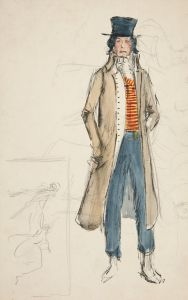
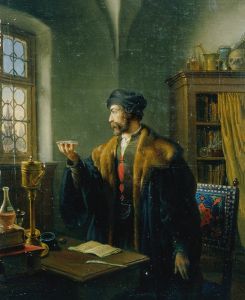
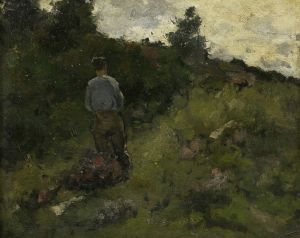
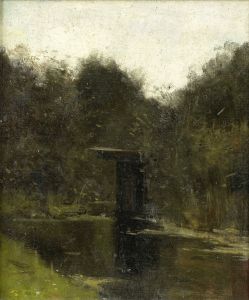
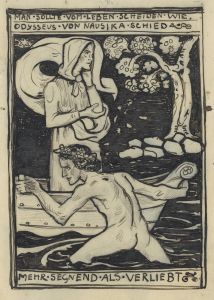
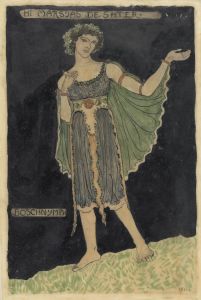
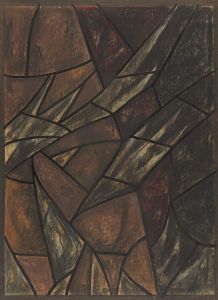
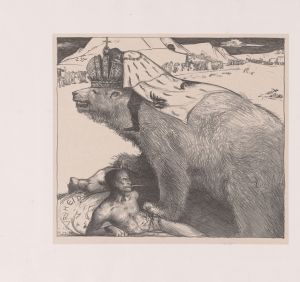
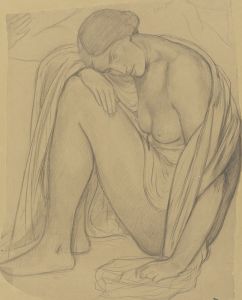
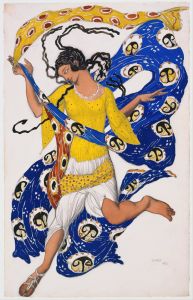
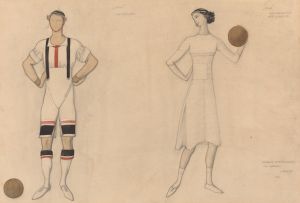
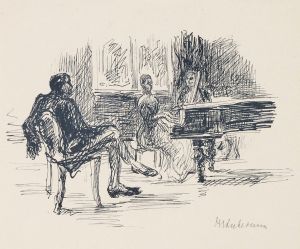
![[Designs for theater with black-framed proscenium and boldly colored settings.] [Study for stage light wall decoration, possibly for Caf ̌Crillon](/imgs/249265/s/winold-reiss-designs-for-theater-with-blackframed-proscenium-and-boldly-colored-settings-study-for-stage-light-wall-decoration-possibly-for-caf-crillon-7a95936c.jpg)